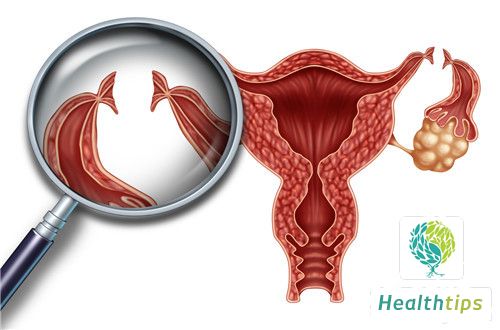What Should I Do if My Baby is Still in the Breech Position at 33 Weeks of Pregnancy?
Female vaginal delivery should be with the baby's head coming out first, followed by the feet. If the baby is in a breech position, it is important to take note as this position can be dangerous and may not facilitate vaginal delivery. Around 33 weeks of pregnancy, the space in the uterus becomes increasingly limited, and most babies will adopt a head-down position to better utilize the available space. This position is also known as cephalic presentation. However, if a baby remains in a breech position at 33 weeks, it is generally recommended to undergo cesarean delivery during childbirth.

When a pregnancy reaches around 8 months, there is limited space left in the uterus. Most babies will adopt a head-down position to better utilize the limited space. This position is known as cephalic presentation or vertex presentation. At full term, approximately 97% of babies will be in this position, while the majority of the remaining will be in a breech position. There are several types of breech presentations: frank breech (buttocks first, legs extended), complete breech (buttocks first with legs flexed), and footling breech (one or both feet presenting first). Doctors usually assess the fetal position by palpating the lower abdomen of the pregnant mother to feel the position of the baby's head, back, and buttocks. If the fetal position cannot be determined through abdominal examination, doctors may perform an internal examination to feel which part of the baby is in the pelvis. In some cases, doctors may use ultrasound to confirm the baby's position. If the baby is in a breech position, most pregnant mothers will undergo cesarean delivery, as studies have shown that cesarean delivery is the safest method for delivering most breech babies. Only in certain conditions where the breech presentation meets certain criteria, vaginal delivery may be attempted.
1. When the baby is in a breech position, the risk of vaginal delivery increases. Compared to other parts of the baby's body, the head is the largest and hardest part. In a cephalic presentation, the head is delivered first, followed by the other parts of the body. However, in a breech presentation, the body is delivered first, and since the baby's body cannot dilate the cervix enough for the head to pass through, delivery of the head becomes more difficult. 2. Another risk associated with vaginal delivery of a breech baby is umbilical cord prolapse. This occurs because there is more space for the cord to slip out during a breech delivery. Once the cord slips out, it can be compressed, leading to obstructed blood circulation and potentially causing fetal hypoxia and death.



















